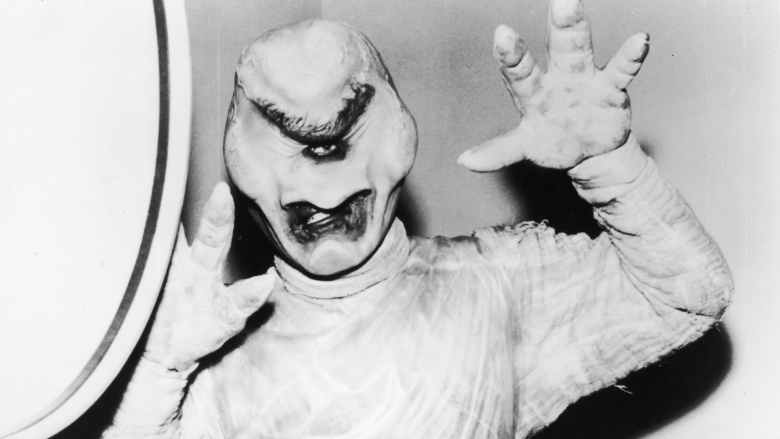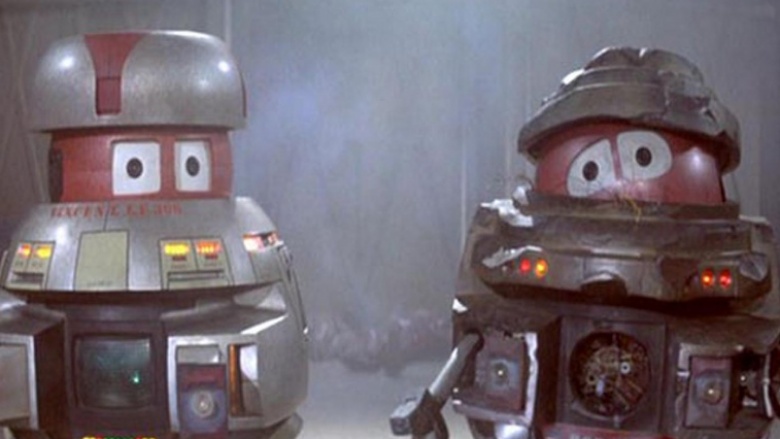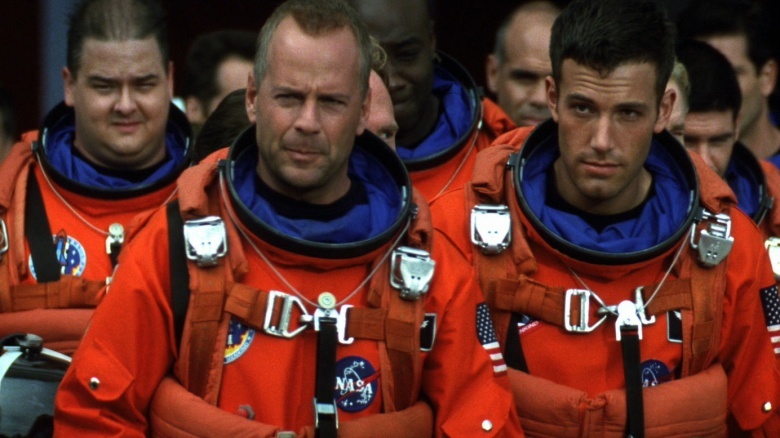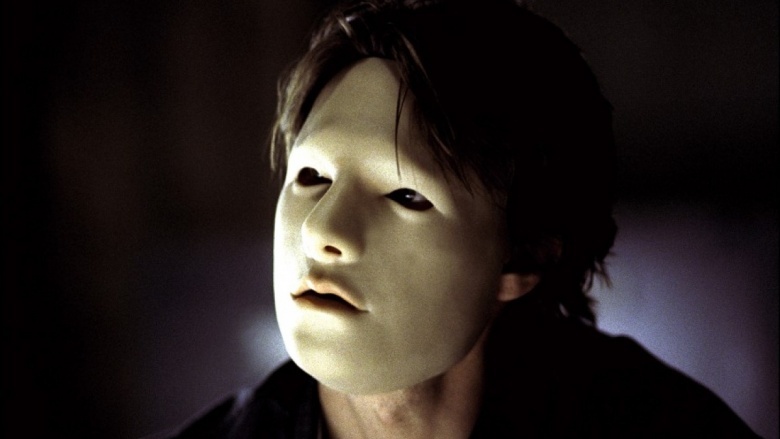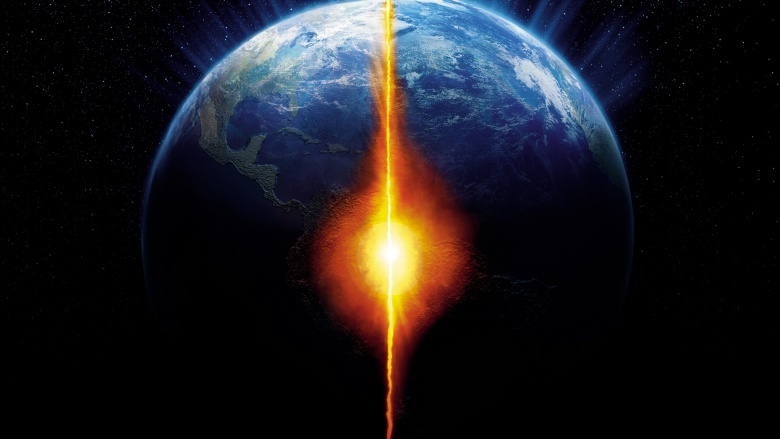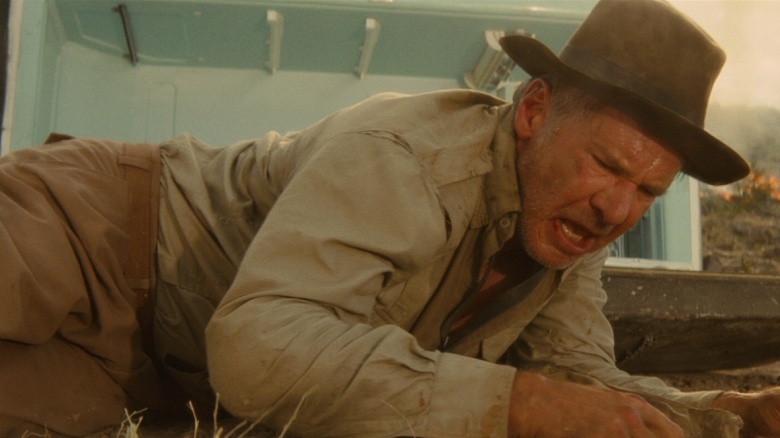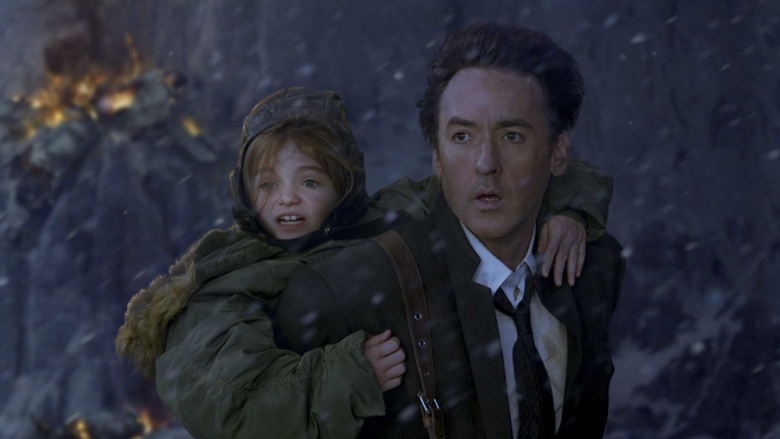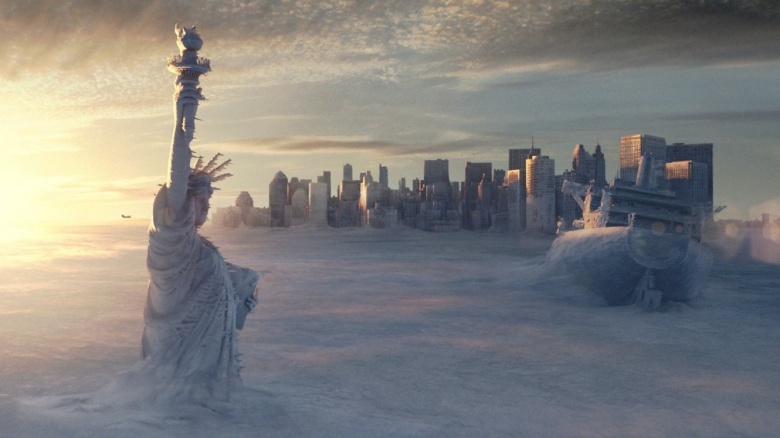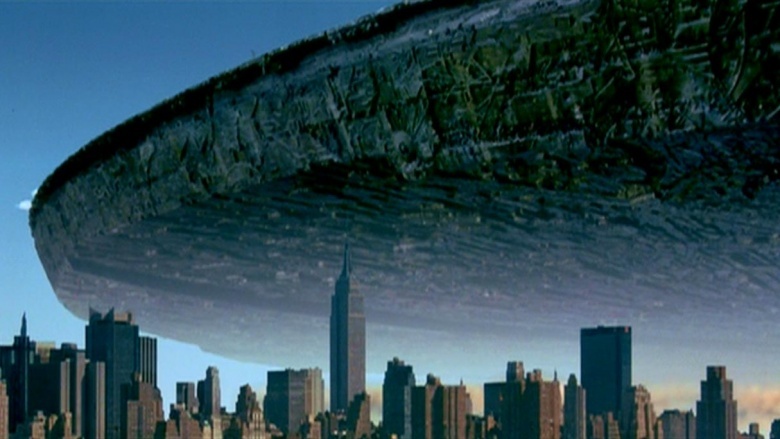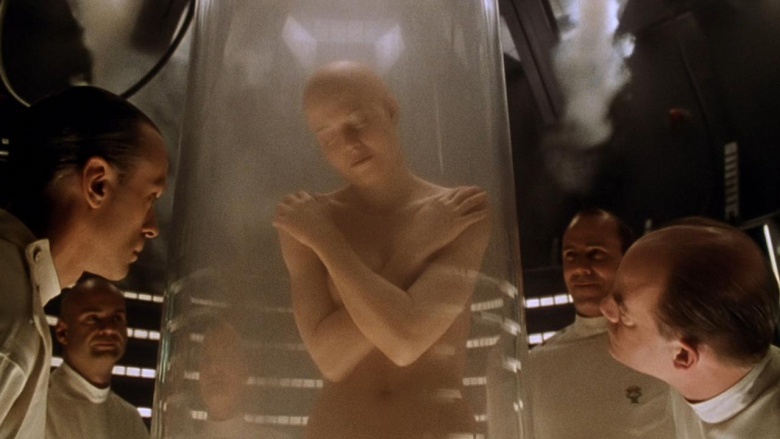Sci-Fi Movies That Would've Flunked Science Class
We expect a certain amount of fantasy mixed in with our sci-fi—it is called science fiction, after all. But there are definitely times when Hollywood bends reality just a little too far. Here are some of the silliest examples of films that ignored the laws of science and left us rolling in the aisles.
The Black Hole (1979)
Until someone manages to enter an actual black hole and come back with a report about what they saw, we're never really going to know what would happen if a spaceship was pulled into a gravitational field so strong that nothing can escape. But scientists have some pretty detailed guesses, and although they'll sound mind-bogglingly weird to anyone without a deep knowledge of quantum physics, they're nothing like the final act of Disney's The Black Hole, which depicts a sort of psychedelic gateway into another dimension.
Armageddon (1998)
With 1998's Armageddon, director Michael Bay had the good sense to recognize that in the event of a life-obliterating disaster hurtling toward the planet, the people of Earth would want to send Bruce Willis into space to save us all. Unfortunately, this big-budget blockbuster also hinges on some pretty goofy developments, not the least of which is the notion that an asteroid would have enough gravity to keep NASA rovers from drifting off into the galaxy—or that they'd need to be outfitted with mounted machine guns.
Vanilla Sky (2001)
Hollywood has churned out plenty of films using cryogenic slumber as a plot device, but Cameron Crowe's Vanilla Sky—a remake of the 1997 Spanish film Abre los Ojos—makes a somewhat curious decision. It centers around a protagonist whose 150-year deep freeze starts in 2001 and comes complete with a continuous lucid dream that finds him tangled in a love triangle with Cameron Diaz and Penélope Cruz. Sadly, actual cryonics involves a far unsexier fate, with participants decapitated and stored in a sort of lobster pot filled with liquid nitrogen.
The Core (2003)
Even in the context of fundamentally inaccurate sci-fi films, 2003's The Core is a special kind of silly. The plot's set in motion when the Earth's inner core stops spinning, requiring a team of specialists to drill into the center of the planet. But if the core really did stop, no one would be drilling anything, because we'd all be dead. Even setting that small problem aside, the movie includes a number of laugh-out-loud moments, such as when the vessel is breached by a diamond and somehow manages to avoid being instantly flooded with magma.
Indiana Jones and the Kingdom of the Crystal Skull (2008)
We've seen Indiana Jones find the Ark of the Covenant and the Holy Grail, so we can forgive the fact that 2008's Kingdom of the Crystal Skull brings him face-to-face with an alien civilization. The real problem is how Indy survives the first act—namely, clambering into a lead-lined refrigerator to avoid being incinerated during an atomic bomb test. Needless to say, you shouldn't try this one at home; unlike Indy, who lived to crack his whip another day, you'd have your fedora thoroughly cooked.
Angels & Demons (2009)
Theologians have long taken issue with author Dan Brown's bestselling series of Robert Langdon books, which finds its protagonist using persuasive-sounding historical details to uncover all manner of modern-day monkey business. Their cries were joined by those of sputtering scientists after the release of Angels & Demons, in which Langdon is embroiled in an Illuminati plot that involves the theft of a vial of antimatter that's attached to a backup battery and hidden in Vatican City, where it'll explode once the battery runs out. The problem? You can't really produce antimatter—or move it around—as easily as the film suggests.
2012 (2009)
Where to begin with 2012? Director Roland Emmerich has made a specialty out of flouting science in pursuit of blockbuster goals (see The Day After Tomorrow and Independence Day, elsewhere on this list), but with this apocalyptic thriller, he really outdid himself, imagining that the doomsday allegedly predicted by the Mayan calendar would be brought about by neutrino particles from solar flares that somehow manage to overheat the Earth's core. It's all very silly, but NASA was so deluged with frantic questions from viewers that they felt the need to set up a special website debunking the movie, which they denounced as the most scientifically absurd of all time.
Outbreak (1995)
Viruses are a great source of cinematic peril, but in order to really make it work, a movie's got to decide just how fast its sickness is going to spread. Hence the problem at the crux of Outbreak, which imagines a monkey virus that moves quickly enough to wipe out an entire town almost overnight, yet still leaves a prominent virologist (Dustin Hoffman) enough time to come up with a cure. The end result still made for a passable thriller, but in reality, a disease that virulent would kill its host too quickly to spread. And in any event, Hoffman's character would need a lot longer to produce a viable solution.
The Day After Tomorrow (2004)
Good intentions, bad science. That's the bottom line with Roland Emmerich's The Day After Tomorrow, which tries to terrify viewers with a vision of man-made global warming that includes a rise in ocean levels so catastrophic that it ends up submerging New York City. Never mind that virtually all of Antarctica would need to melt before that was even a possibility, or that it would take years for the focused rays of the sun to make that happen. When you've got Jake Gyllenhaal and oodles of CGI at your disposal, the laws of science are no longer cause for concern.
Independence Day (1996)
With Independence Day, bad science all-star Roland Emmerich envisioned an alien invasion of awe-inspiring spectacle, starting with a massive mothership that hovers in orbit before triggering waves of planetary destruction. It looks undeniably impressive on screen, but in real life, an object that size wouldn't have to send aliens to kick our butts. Simply by being there, it'd exert enough gravitational pull to make volcanoes erupt, set off earthquakes, and cause tidal waves.
Alien: Resurrection (1997)
Alien 3 ends with (spoiler alert!) franchise protagonist Ripley (Sigourney Weaver) throwing herself into a furnace, which made bringing her back for 1997's Alien Resurrection a tricky proposition. Screenwriter Joss Whedon pulled a rabbit out of his hat by having Ripley cloned after scientists swabbed bits of her guts out of the furnace, but then he took things too far by giving the clone Ripley's memories, even though we know those don't live in our DNA.
